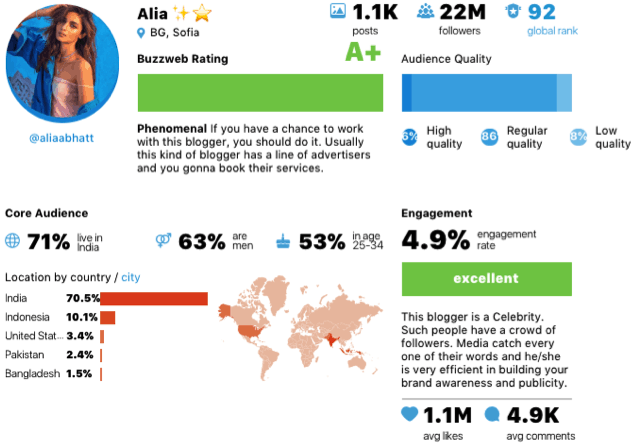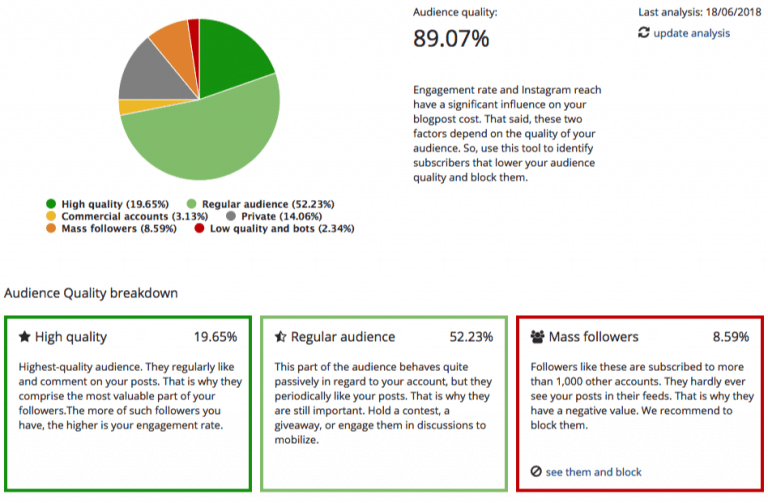Instagram Changes Algorithm once more and Influencers shudder

Instagram Algorithms. Some people have grown to dislike these two words just as much “Brussel Sprouts” The popular social media platform Instagram has been enjoying permanent and significant growth since its founding in 2010. What used to be a mere platform for image sharing has become a Mega Marketing Tool for businesses of all size an nature. Hotels, fashion labels, make-up companies – the list of corporations focusing on average about 80% of their annual marketing activities on social media and influencer marketing is long. The Facebook co-owned Instagram platform is easy to use, free and fun to use and holds tremendous power in their channel. Teenagers can grow million-dollar businesses within months. Distribution funnels have never been developed faster in the history of commercial sales. No wonder users from all continents are jumping aboard the candy train of what seems like a pool of endless possibilities.
New Algorithms are a Game Changer for many Influencers
In 2017 Instagram offered 700 million monthly active users a visually stimulating and engaging platform to share their daily lives, travels and preferences with the world. It used to be easy to create segments with a controllable number of users. However, the platform has been growing so rapidly with endless accounts of all segments and styles that Instagram was forced to come up with a system and selection of smart algorithms to ensure the platform would remain enjoyable. Every user should see only content they are interested in. A user interested in beauty trends should see corresponding content and not new cars or travel inspiration. With ever growing user numbers every day, these algorithms are becoming more and more tight. Let’s have a look at the latest follow / unfollow trends:
Accounts following more than 1k other users are now considered mass followers!
Large accounts are now facing severe engagement drops due to new Q3 algorithm changes. The consequences are the following: When an account posts a new photo, within the first period, instagram shows it to 10% of their followers to measure the interaction volume and quality. Does the post perform well, it gets shown to more followers and a wider range of users. Does a post not perform well it gets put aside and is no longer considered engaging material. This way, instagram tries its best to show its users only suitable and engaging content. What does this have to do with mass followers? Listen up. If an account has a large group of mass followers connected to their profile their posts will now systematically experience a declining number of likes and comments. This means, if you follow more than 1k other accounts it is time to clean up. Try to follow only accounts that actively interest you in order to stay connected. Otherwise you might face to get blocked from your favorite instagram influencers and inspirational accounts since they are now starting to clean up their followers in order to maintain well-performing channels.

What is mass following?
This type of following behavior has been a trend since mid 2017.The idea was to follow a large number of other accounts in order to trigger the algorithm to suggest your account in return to others. The effect back then was that you received a bunch of followers in return. Quickly, Instagram put a daily follow / unfollow limit on this activity to protect its platform from spam-like activity and still does. New accounts can now follow a minimum of 20 accounts per hour, for established accounts the number is 50. The daily limit of follow activity is 100 and unfollows 200 per day.
My engagement has dropped – how can I screen my account? There is a fantastic tool by Buzz Web, it is completely free and helps detect mass followers and engagement bots among your users. You can check it out HERE.

Source: Buzz Web Instagram Analytics
The truth is ugly sometimes, but it is time to clean up. You will see your audience quality, engagement rates and core audience demographics. Here’s a sample of the detailed account report:

Source: Buzz Web Instagram Analytics
Please note that all information is subject to change and platform policy changes.


No Comments